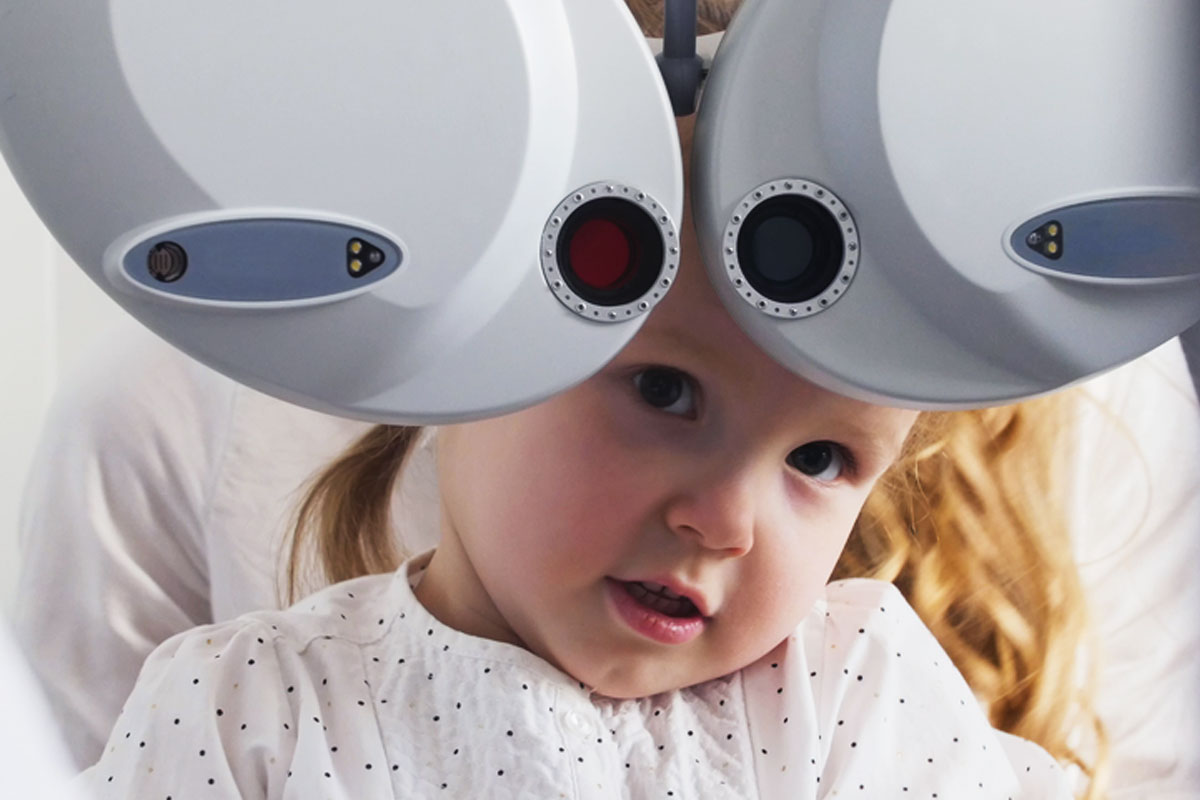
During the development of the baby inside the womb, the eyes are formed through a complex process. In some cases, if there are problems during the process then this can lead to eye malformations, also referred as congenital ocular anomalies. These conditions occur very scarcely as noticeable irregularities and conditions of the eye.
The congenital ocular anomalies are problems in the developmental process of the eye, such as:
- Anophthalmia (no eye)
- Microphthalmia (small eye)
- Coloboma (failure of the optic fissure to close)
- Aniridia (absent or partial iris)
- Optic nerve hypoplasia (underdeveloped optic nerve)
Congenital Ocular Anomalies Symptoms
Children with congenital ocular anomalies have:
- Abnormal-looking eye
- Reduced eye vision
Congenital Ocular Anomalies Diagnosis
During the examination of a child’s vision, the ophthalmologist uses one or a series of tests to diagnose congenital ocular anomalies, such as:
- MRI
- CT scan
- Ultrasound
Congenital Ocular Anomalies Treatment
The ophthalmologist will treat children diagnosed with congenital ocular anomalies by focusing on maximizing the visual potential with glasses and patching.
Treatment focuses on maximizing visual potential with glasses and patching. Patients are treated by our ophthalmic surgeons, as necessary, for treatment of glaucoma, cataracts or other associated anomalies. Genetic counseling and information access is also provided. At Children’s National Hospital, treatment is almost entirely outpatient. The frequency of treatment can vary from once every month to once a year.
